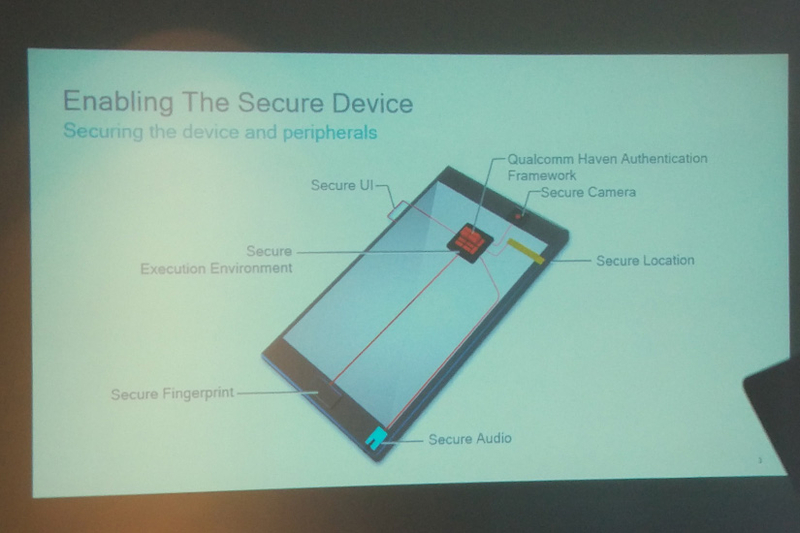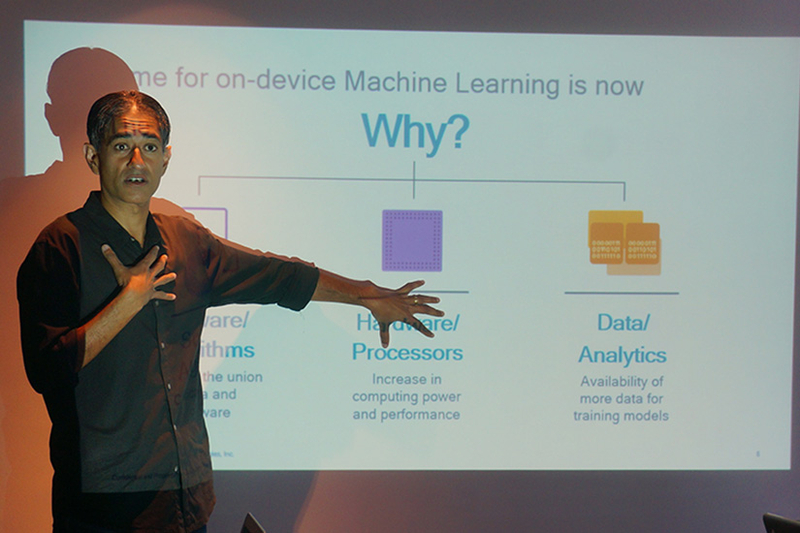Also better than running points? Interpretation of Next-generation Opteron Processor Features
IT168 News On October 17, 2016, the Qualcomm 4G/5G Summit was held in Hong Kong. During the meeting, Qualcomm shared the latest developments in Opteron processors and made a clear statement of the future development of Opteron processors. In the eyes of Qualcomm, next-generation processors will be more worth looking forward to in addition to steadily improving performance in VR, security, and machine learning. In addition, manufacturers are also constantly exploring the potential of Snapdragon 820 and introducing a number of distinctive flagship products. It is reported that the terminal equipped with Xiaolong 820 has now exceeded 150 models.

Xiao Long 820 strong performance
As the flagship chip of Qualcomm this year, Xiaolong 820 has many bright features and is a common choice for many flagship products. The chip's built-in Hexagon DSP is powerful and supports digital signal processing collected by images, sounds, and numerous sensors. The Spectra ISP can achieve excellent imaging results. The recently released Google Pixel is based on this image and its imaging has also been achieved. DxO approval. There is also the HTC 10 with dual speakers, which enables high-fidelity audio with the Hexagon DSP. Moto and LG have also launched modular products with unique personality. The role of the Xiaolong 820 can not be ignored.

It can be seen that there are constantly manufacturers who are exploring the potential of Snapdragon 820 and have introduced a number of distinctive flagship products. As of now, the Xiaolong 820 terminal that has been released or is under development has exceeded 150 models. Not long ago, the Xiaolong 821 and Xiaolong 820 pins were the same. The bottom layer is fully compatible. I believe that the strong performance of Xiaolong 820 can still be continued.
Qualcomm looks at the next generation of products
Focusing on the future, Qualcomm has planned the development of the next-generation flagship processor. The next generation of Opteron processors will focus on virtual reality, cameras (360-degree panoramic and dark-light photography), security, high-definition audio, scenario computing, and machine learning. If other chip manufacturers are still tangled in multi-core and run points, I am afraid there is no positive competition with Qualcomm. Among the many features, virtual reality, security, and machine learning are among the most important issues. Qualcomm has also elaborated.

Virtual Reality
Virtual Reality and Augmented Reality are the starting points for Qualcomm in 2017. This application has limited CPU demand. Correspondingly, the required DSP performance is 2-3 times and the GPU performance is 3-4 times. Therefore, it can be foreseen that GPUs and DSPs will be the focus of next-generation flagship processors. GPU rendering of high-resolution images will be more realistic and rapid. DSPs can process sensor information in time and bring more sensitive feedback on VR interactions to create real-world results. Immersion. Perhaps relying on the upgrading of process and architecture, the performance of the CPU will still improve steadily, but this may not be the focus of QUALCOMM.
safety
Security is a very important issue for Qualcomm. Especially in China, the mobile payment scenario is very common and needs a complete solution to protect it. Qualcomm has corresponding measures at the chip level, terminal level, and cloud level. At the chip level, Qualcomm provides a set of secure execution environment. When the application starts, it will conduct strict security guidance. The running intelligent protection system can observe the application exceptions. Act and give certain measures to meet the security needs.

At the terminal level, Qualcomm looks at mobile biometrics. Taking the most extensive fingerprint identification as an example, perfect security measures have been implemented in the driving, transmission and storage of fingerprint information. In the future, camera-based biometric identification will become a trend, such as iris, eyeballs, and face recognition. Iris recognition is currently implemented on the Samsung Galaxy Note7 (please allow the author to mourn the memory of Note7). Due to the need for a specific camera assistance, this program will have an additional cost of 3-4 US dollars. The amount of information for eyeballs and face recognition is large, and the energy consumption is high. In the short term, it is difficult to implement on mobile phones.
In addition, according to the popularity of mobile payment in China, Qualcomm is also actively working with AliPay, WeChat, UnionPay, etc. to specifically optimize security solutions and protect mobile payments. Qualcomm stated that China has a complete system for R&D, manufacturing, and sales of mobile terminals, and there is a huge advantage in promoting mobile biometric authentication solutions. Perhaps we can replace our ID cards in the future and involve government applications.
Machine learning
Machine learning is also a recent technological hotspot. Apple has already acquired 4 related companies and applied the technology to the latest A10 Fusion processors. Qualcomm’s efforts here are not unexpected. So-called machine learning is a way to train a model by using data, and then use the model to solve the problem. In Qualcomm's view, the increasingly powerful performance of the chip, the improvement of the big data analysis system, and the refinement of programming have promoted the development of machine learning. Its chips will be targeted at mobile devices, drones, self-driving cars, smart cameras, etc. In the product launches the corresponding solution. Specific to mobile applications, covering the intelligent identification of picture objects, voice interaction, etc., relying on the CPU, GPU, DSP heterogeneous, energy consumption is well controlled.

Finally, on the issue of naming and releasing new flagship chips of concern to everyone, Keith Kressin, senior vice president of product management at Qualcomm Technologies, smiled and said that it was not released today, but there will indeed be new Xiaolong 600 and 400 series processors. Details, we will continue to pay attention and bring reports.